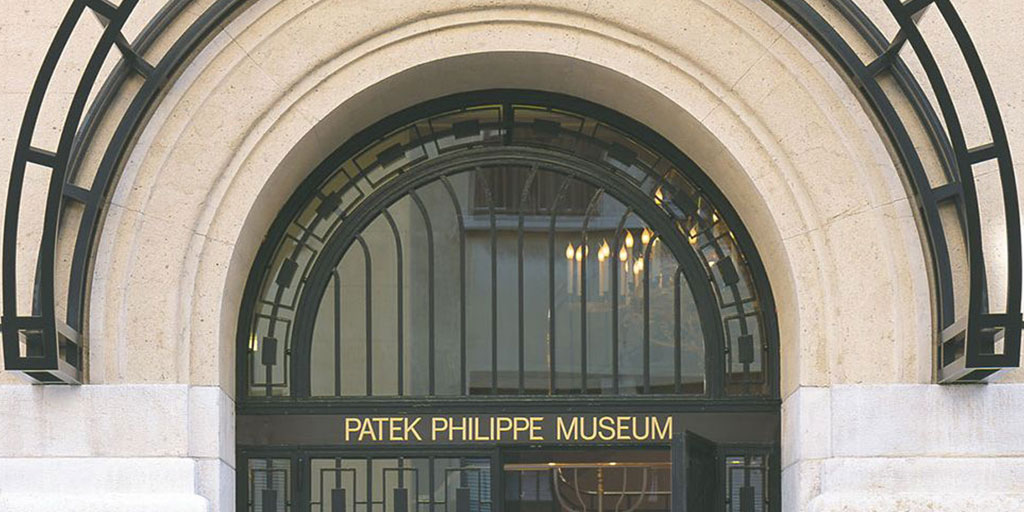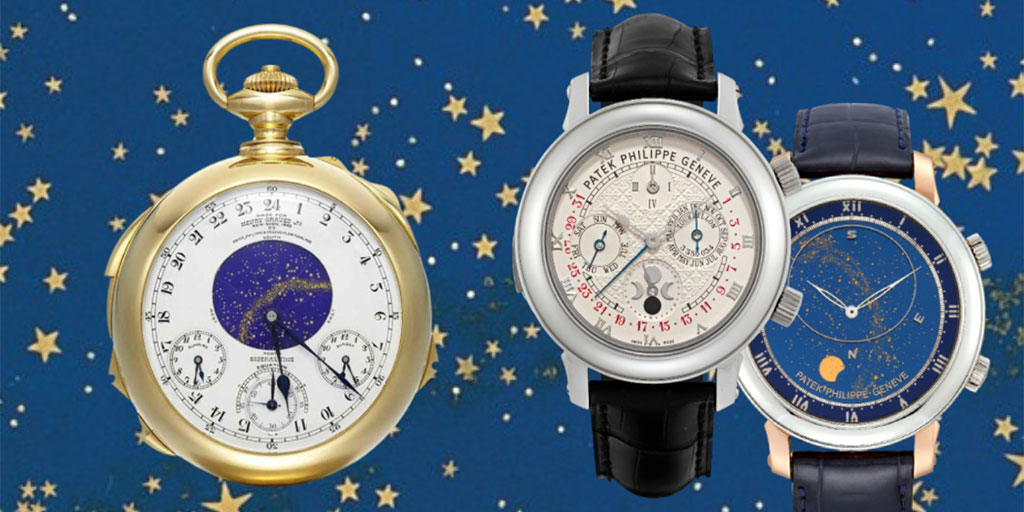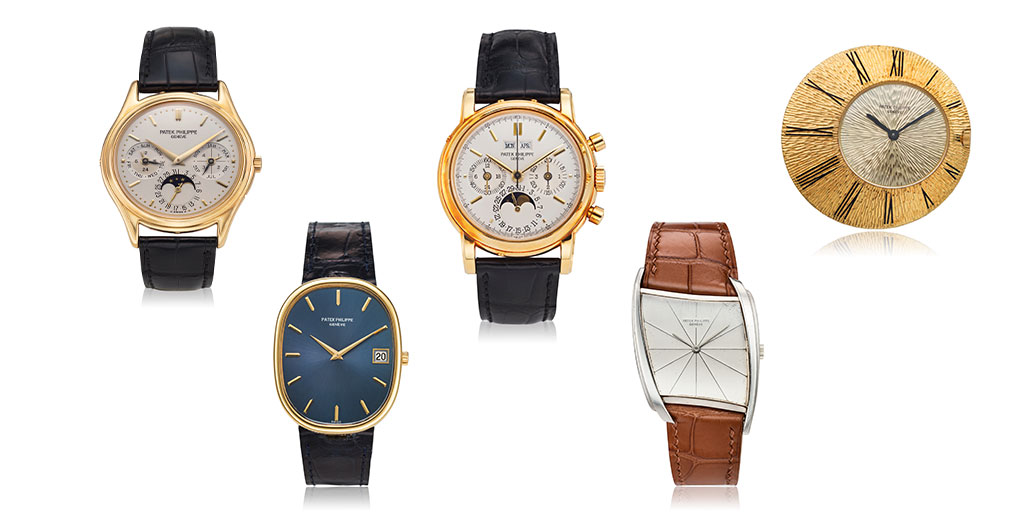While we’re constantly on the hunt for rare and unusual watches, we’re also on the hunt to uncover and share new scholarship on Patek Philippe. In this series, Collectability will tell the stories of people who have had an influence on the world of Patek Philippe, but may not be so well known. To start, we share the previously untold story about how an important collection of horological books were amassed by an American and became a valuable part of the Patek Philippe Museum’s library. Alan Banbery, the original Curator of the museum, very kindly shared his memories of this extraordinary man, and we can now reveal his fascinating story for the first time.
A visit to the Patek Philippe Museum in Geneva is a must for anyone with a passion for watches. No where else can the 500-year history of horology be viewed quite so elegantly. Visitors to the Museum are recommended to start at the top floor and work their way down. There is good reason chronologically for this suggestion, but the other reason is to make sure that visitors don’t miss the extraordinary collection of over 8000 books and publications on time and time management housed in the museum’s library.
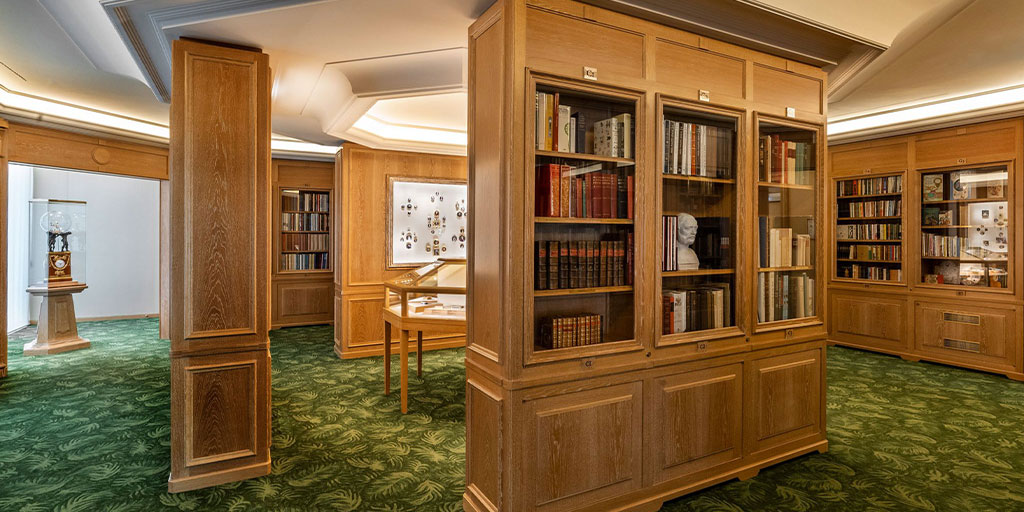
In fairness, the library floor is often over-looked as most people visiting for the first time are eager to see the extraordinary timepieces on display. However, what many people may not know is that a significant part the magnificent collection of books was originally collected by an American.
When the museum first opened in 2001, the initial 7000 volumes on display in the library traced the history of horology from 1531 to modern times. In addition to books collected from the early 1960s by Henri and Philippe Stern, most books on display were derived from two libraries: those of Dr. Eugen Gschwind, an important watch collector and dentist from Basel, and Arthur V. Saint-Germain, an authority on rockets, missiles, and jet engines from California.
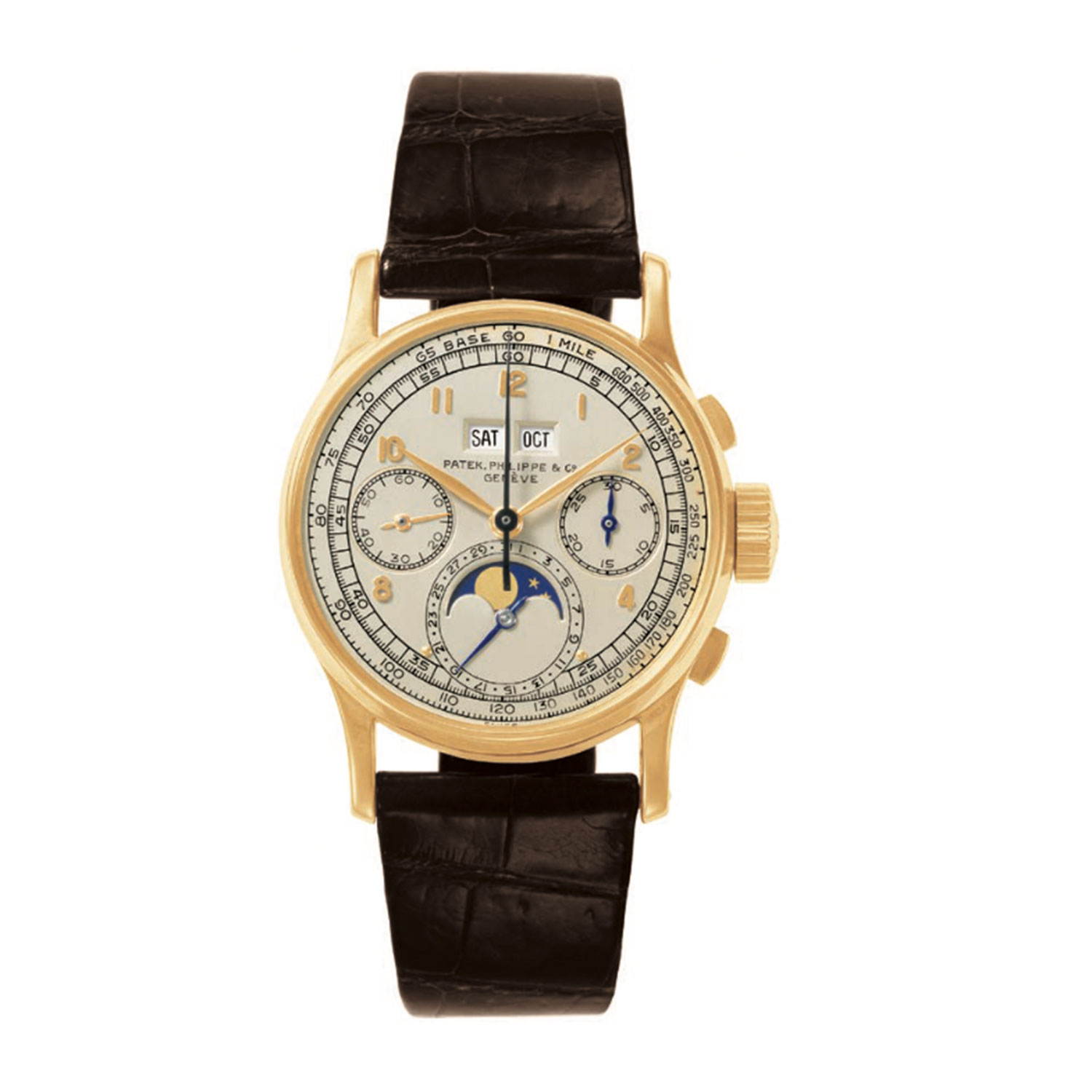
We’re not entirely sure when Arthur St. Germain’s relationship with Patek Philippe began but we do know that in November 1948, when he was only 26-years old, he purchased a perpetual calendar ref. 1518 from Donovan & Seamans in Los Angeles. Apparently, he worked directly with Henri Stern himself on the purchase of this important watch. Perhaps this triggered his interest in learning more about horology and his interest in collecting fine books on the subject. As an engineer one would assume he found the world of horology fascinating. Whether his interest started before or after his purchase of the ref. 1518, four decades later he had collected one of the most important libraries on the subject.
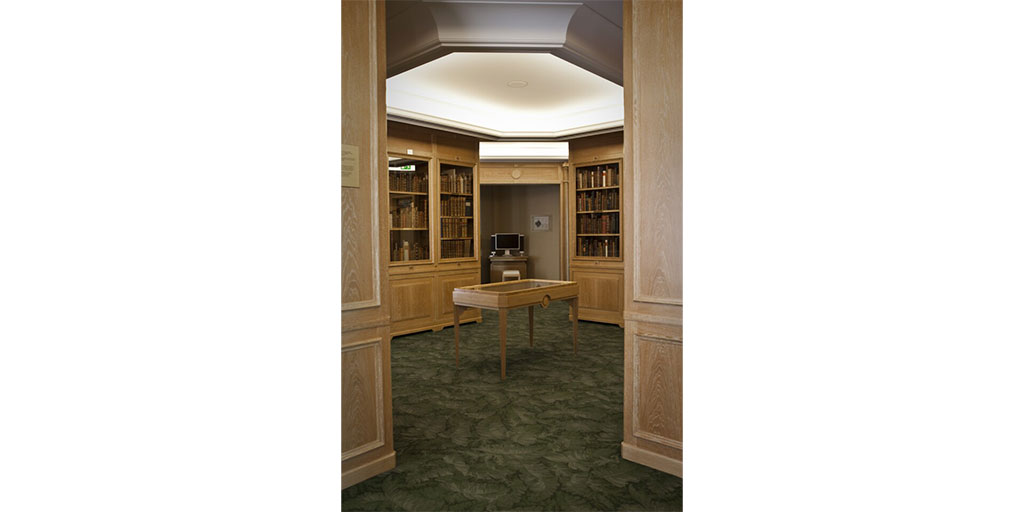
What we do know is that Arthur St Germain contacted Philippe Stern around the year 2000 asking if he was interested in purchasing his collection of over 4000 books on horology. Mr. Stern delegated Alan Banbery who in addition to being Director of Sales, was the Curator of Patek Philippe’s private collection and helped Philippe Stern assemble the superlative collection of clocks and watches that became the Patek Philippe Museum (he was also the co-author with Martin Huber of the two of the most important reference books on Patek Philippe).
Arthur V. Saint-Germain was born in 1922 and died in his hometown of Camarillo, CA on 11 January 2008. He was a graduate of the University of Michigan and from an early age was fascinated by jet propulsion, rockets, and explosives. Alan Banbery recalls that, “At one stage he built a miniature rocket which accidentally ignited in his living-room and almost demolished it.”

This started his obsession with developing a rocket that could take man to the moon. In 1951, when he was a senior test engineer for the Fairfield Guided Missiles Division at the US Navy’s secret missile test center, he shared with the local press his blueprints for just such a rocket. His plans were for a 180-ton rocket ship, 27 stories high that could carry two men to and from the moon. It would be built in five sections and would make the trip to the moon at a speed of 25,000 miles an hour. Four of the sections would be used for propulsion and each dropped as fuel was consumed. A 100-foot, 15-ton finned rocket ship housing the cabin and instruments comprised the fifth section. This section would return the crew to earth. He estimated that only five pounds of uranium would be needed to provide enough fuel for the round trip. Headlines stating “Space Travel Near, Rocket Expert Says” garnered much press interest. It also attracted the interest of the US government, and he was summoned in front of an enquiry as to how he virtually ‘duplicated’ the design of a top-secret, similar rocket being developed and built to land astronauts on the moon.
St Germain went on to use his expertise in developing fuel for rocket propulsion and explosive missiles for companies including the Lockheed Corporation. Over numerous meetings with Alan Banbery, he recounted various episodes, some hilarious, of mishaps when missile projects went wrong during testing. Fittingly, almost two decades after St. Germain had shared his blueprint on how to reach the moon, he received a letter signed by all the astronauts involved in the first moon landing thanking him for his contribution to making this historical achievement a reality. Presumably, his contribution was due to his extensive research into and development of fuel and energy sources for jet-assisted take-off for the aeronautical industry. In February 1947, St. Germain published his extensive research into jet-assisted aircraft and the future applications of mastering various combinations of liquid by-fuel rocket systems in Air Tails and Science Frontiers magazine.
Yet another passion of Arthur St Germain was locks. He assured Alan Banbery that given time, he could open any lock or safe. Alan Banbery believed him!

But back to the books…To assess Arthur St Germain’s books, Alan Banbery needed to travel to Camarillo, California. The 4000 books were carefully stored in St. Germain’s garage where Alan Banbery, “quickly assessed that they were in excellent condition and that Arthur St. Germain, over more than twenty years, had been extremely selective in his acquisition/purchase of the books”. After his second visit, it was agreed that Patek Philippe would buy the entire collection on the condition that a comprehensive catalogue of the books was delivered with them. This could have been a monumental task, but thankfully, St. Germain kept meticulous records and was able to engage someone to help him document the collection. After five months, Alan Banbery received, “two complete catalogues, beautifully and precisely presented. One cross-referenced Author to Title and the second Title to Author. Both catalogues are located in the Patek Philippe Museum.”
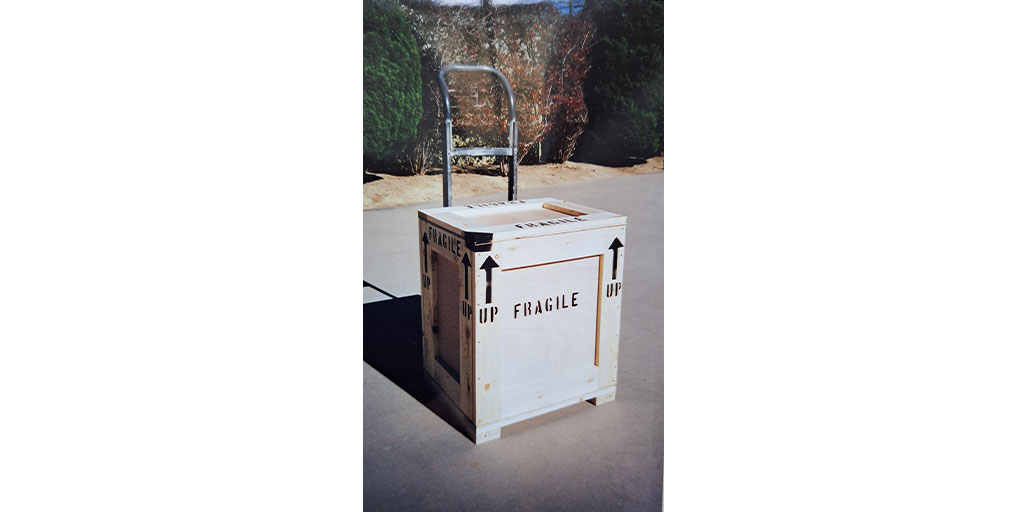
Next the books need to be shipped to the museum. Once again, Arthur St. Germain used his legendary precision and attention to detail to wrap, pack and ship the books to Geneva. “There is no doubt he really cared for each and every book” says Banbery. After his library had been delivered to the museum, he continued to advise and recommend that he acquire for the museum several very rare books to add to the collection.
Arthur St. Germain focused much of his book collection on a fine range of English and French works of the seventeenth to nineteenth centuries, together with an impressive collection of twentieth century monographs and historical works. In addition, his small collection of books on time, clocks and watches written for children is somewhat unique in horological libraries and a wonderful addition to the museum.
As a testament to his relationship with Patek, the museum displays his ref. 1518 perpetual calendar wristwatch. In 2017, at the Philippe Patek Grand exhibition in New York, his ref. 1518 was proudly on display with watches owned by other important Americans such as Packard and Graves. As Alan Banbery concluded, “He was a very likeable and exceptional person . . .with very firm views; but overall, he was simply brilliant in his fields of expertise. Books on horology was one of them.”
Collectability sincerely thanks Alan Banbery without whose memories of Arthur V. St. Germain this story could not have been shared in such intriguing detail.

